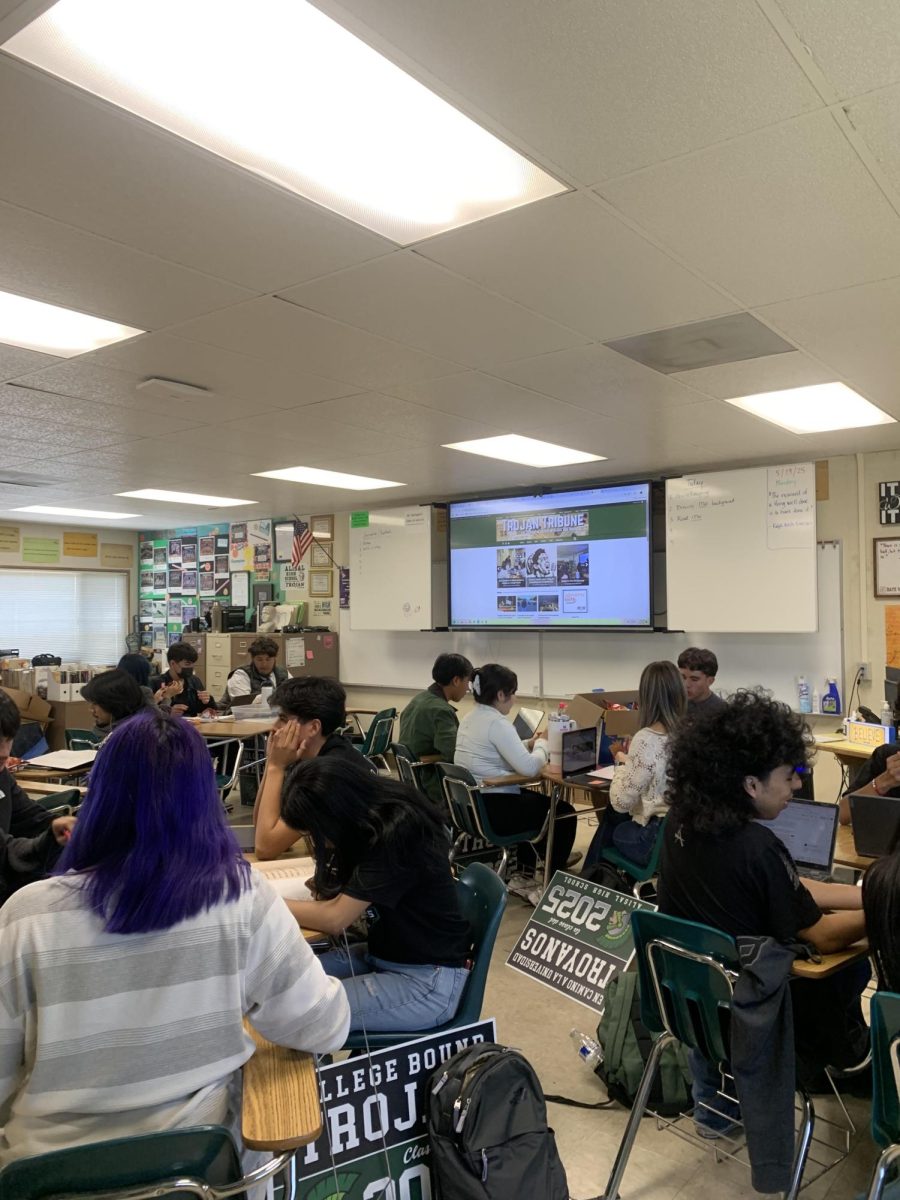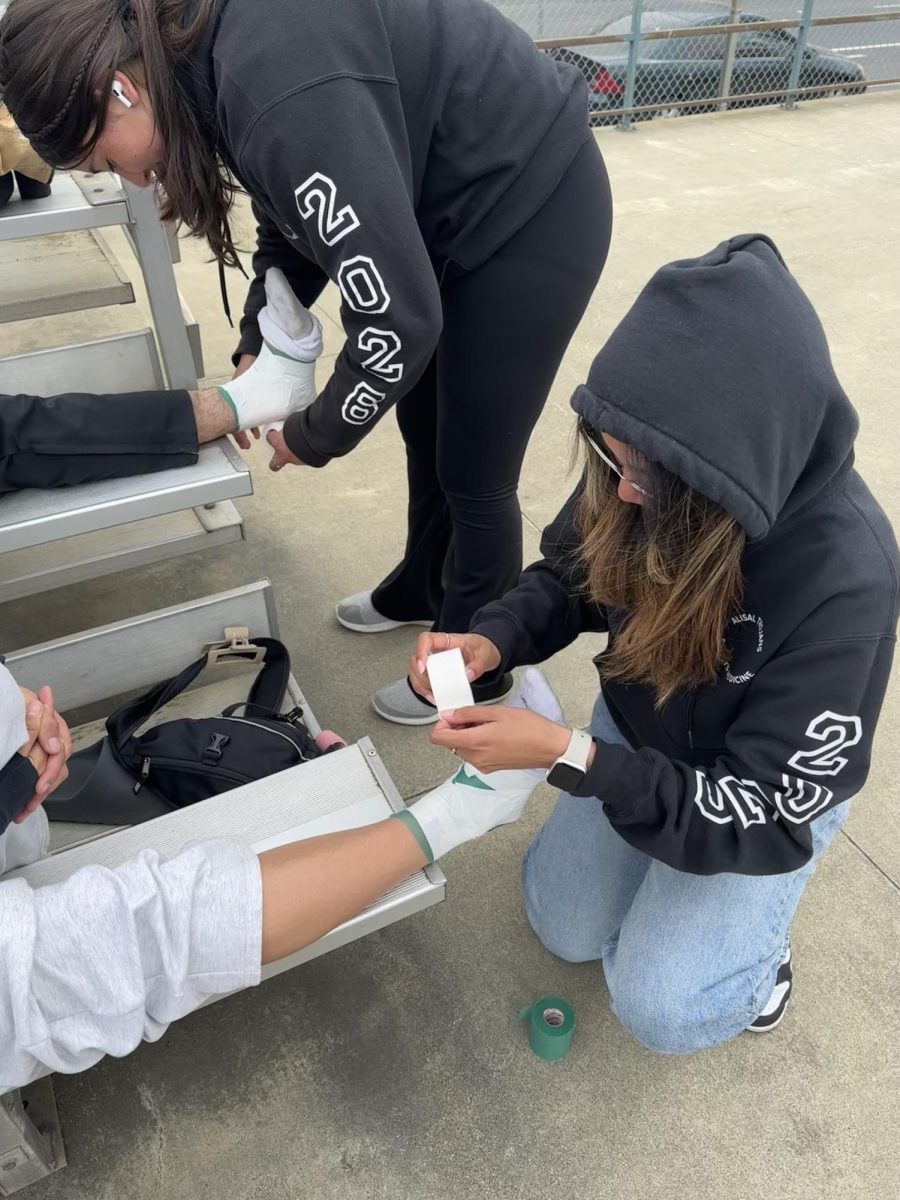The dangers of teens and vaping
Vaping devices come in many shapes and sizes and can be modified to look like flash drives or even pens.
You would think with all the information about the dangers of smoking that people, especially teenagers, wouldn’t do it. But the tobacco industry has found a way to make smoking “cool” through vaping.
According to the FDA, last year hospitalizations due to lung issues caused by elements in vapes had increased 80% in the past year. According to the Centers for Diseases Control, as of December 10, 2019, a total of 2,409 hospitalized EVALI cases have been reported to CDC from all 50 states, the District of Columbia, and two U.S. territories (Puerto Rico and U.S. Virgin Islands). Fifty-two deaths have been confirmed in 26 states and the District of Columbia (as of December 10, 2019).
Vapes hold nicotine which can be highly addictive and the flavored water vapor it contains can have many toxic chemicals, these can eventually lead to cancer. The chemicals that enter our bloodstream can damage lungs, raise blood pressure and the way the brain functions.
Vaping is very popular among adolescents mainly because curiosity and peer pressure. In the past three years, the use of vapes has immensely increased within teens. The use of e-cigarettes has become popular because it can be easily used anytime and anywhere, even in the classroom. Teachers are not always able to distinguish vapes since they come in different shapes and sizes and some don’t have a strong scent.
One of the main chemicals in the vape is nicotine, which is highly addictive. Vaping toxicity is a risk to cancer and many other life-threatening diseases. The diseases can damage your lungs, lead to cancer, diabetes, and affect blood cells.
According to a study done by the University of Michigan’s Monitoring the Future (MTF) survey, it has been proven that vaping is highest in high schools, specifically among seniors and sophomores. From 2017 to 2019, seniors use has been 10% to 25% and sophomores increased from 8% to 20% percent.
Lorena Ruiz, the Drug Resource Specialist Counselor at Alisal, has seen an increase in vaping, “Last year there was a lot of kids getting caught with anything related to vape.” She said people aren’t aware of the new technology, the devices come in different shapes and some don’t smell, so they’re easier to access and easier to hide.
Ruiz does three programs that are for substance abuse counseling. “I tell my students, we all are humans and we make mistakes we can either learn from them or continue making them,” she said. “I tell them this your chance, either you want to make a change or you don’t and I want to be there to support you. I’m not here to judge you.”
The consequences of being caught is dealt with on a case by case basis.There are three programs related to substance abuse counseling. Students are given three chances. For the first one students have to attend one of the educational workshops, which discuss about student’s substance use and are led by Mrs. Ruiz afterschool. The second one is another program named “7 Challenges”, that involves a group of students discussing their drug and situational problems, as well as changes they wish to make. A support system that also involves one-on-one counseling, which can last from 3 to 6 months depending on the student’s improvement. The third offense is a suspension.
Moving forward, Ruiz sees this problem growing in the community and is involving the parents and getting them informed to prevent their children to get into vaping. Nationwide many states are banning e-cigarettes and organizations are taking action preventing more use and deaths. In November, the California Department of Public Health issued an advisory for people to stop vaping immediately due to the risk of sudden lung damage, severe breathing problems, or even death.
Your donation will support the student journalists of Alisal High School. Your contribution will allow us to purchase equipment and cover our annual website hosting costs.



























